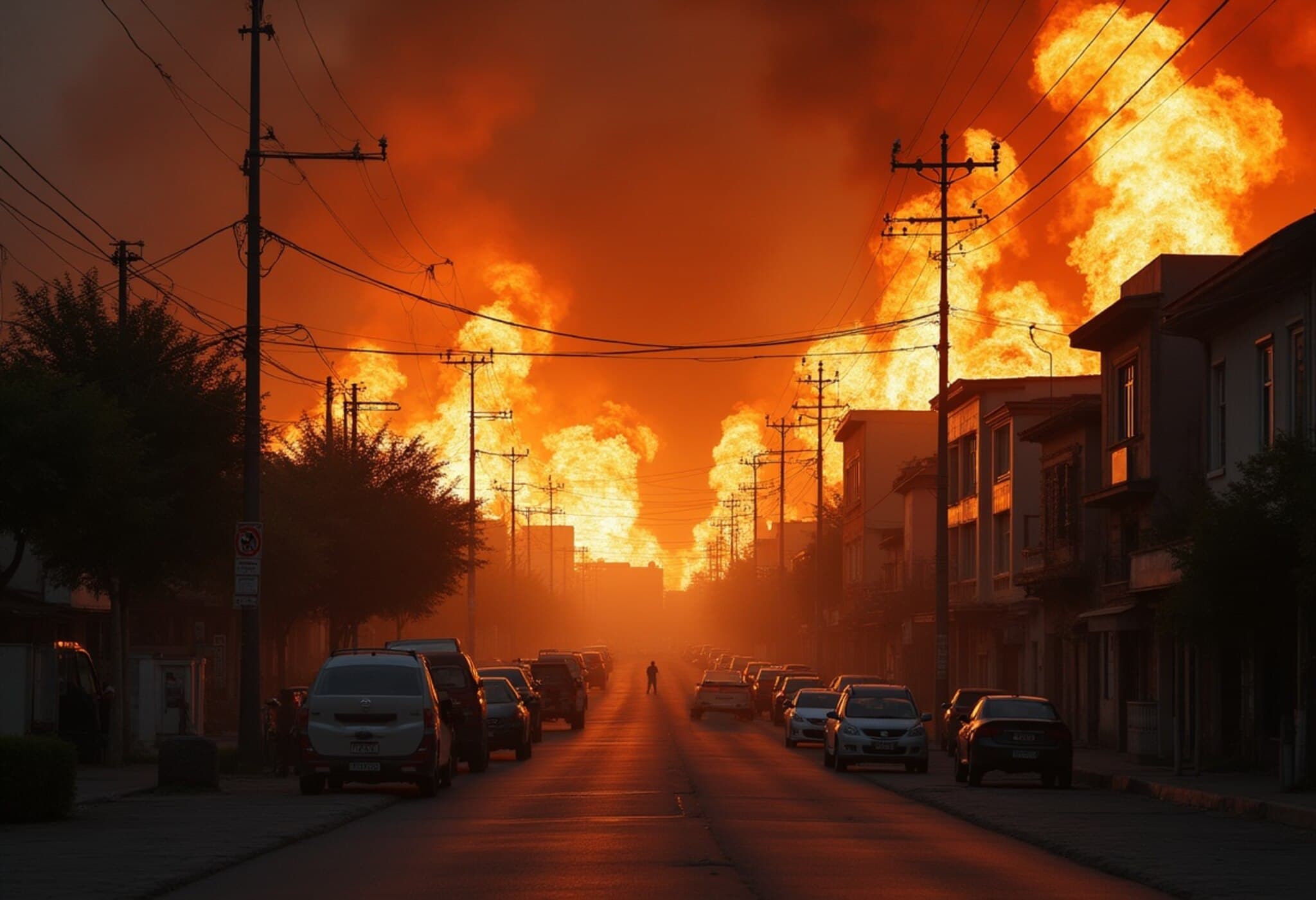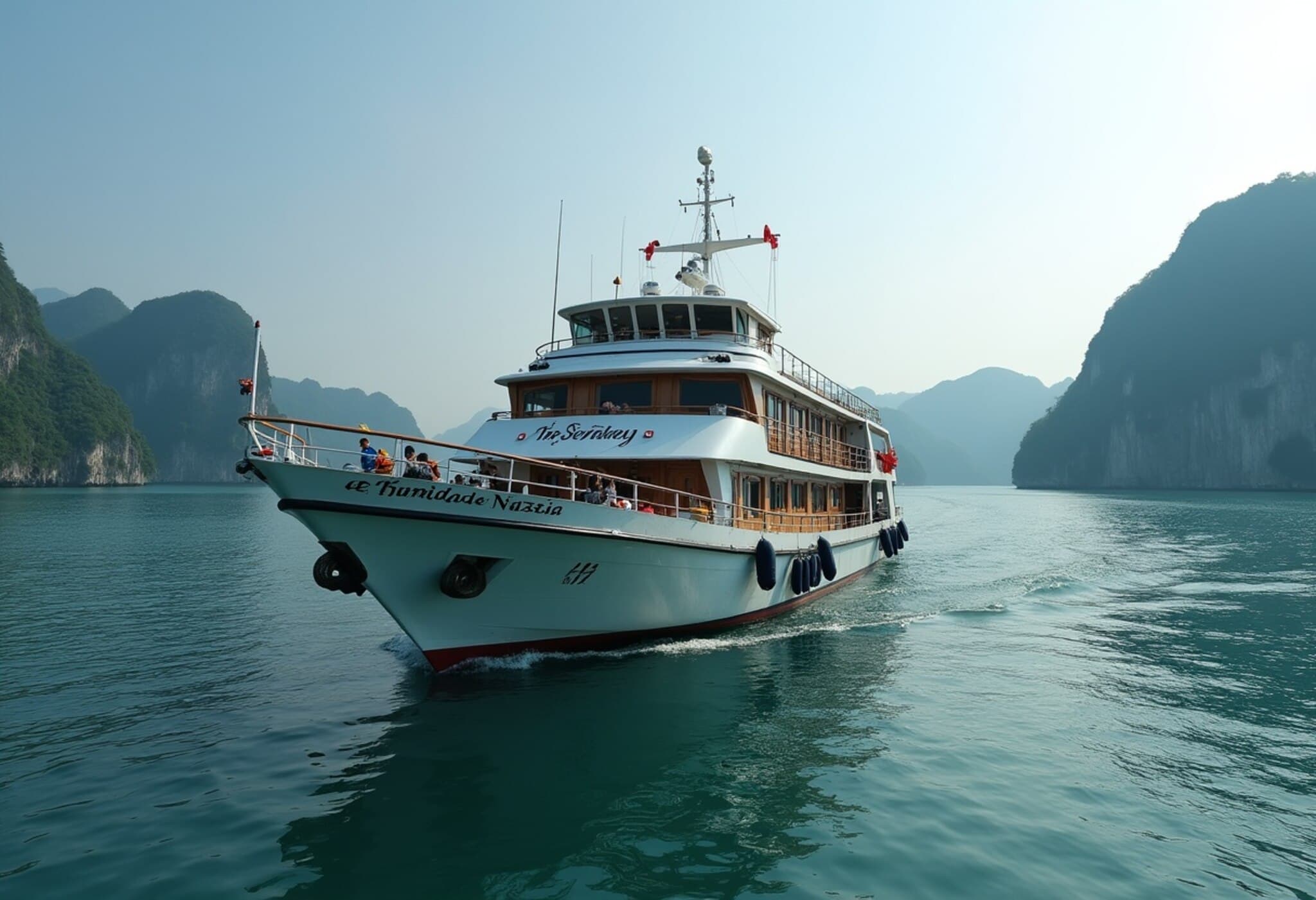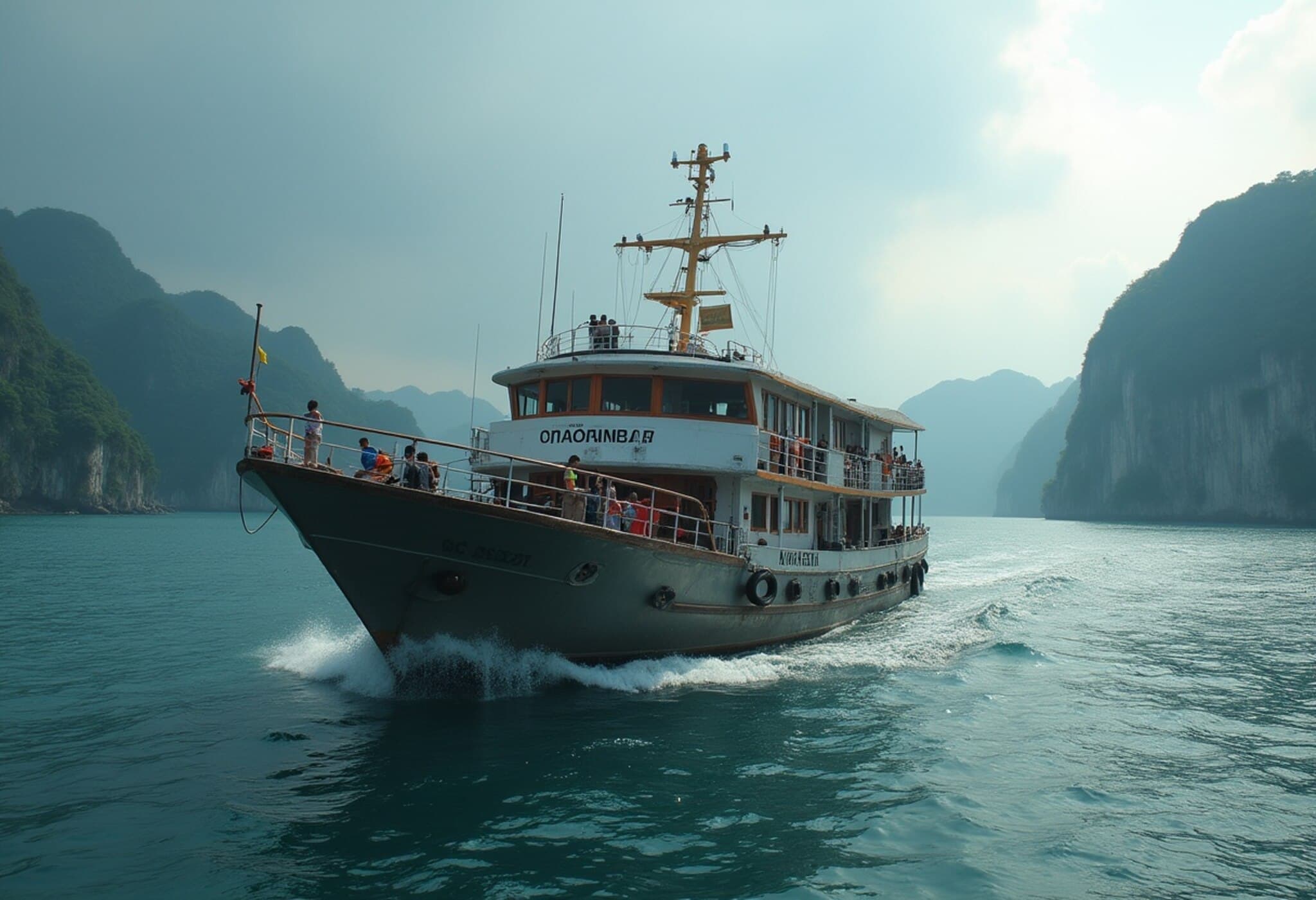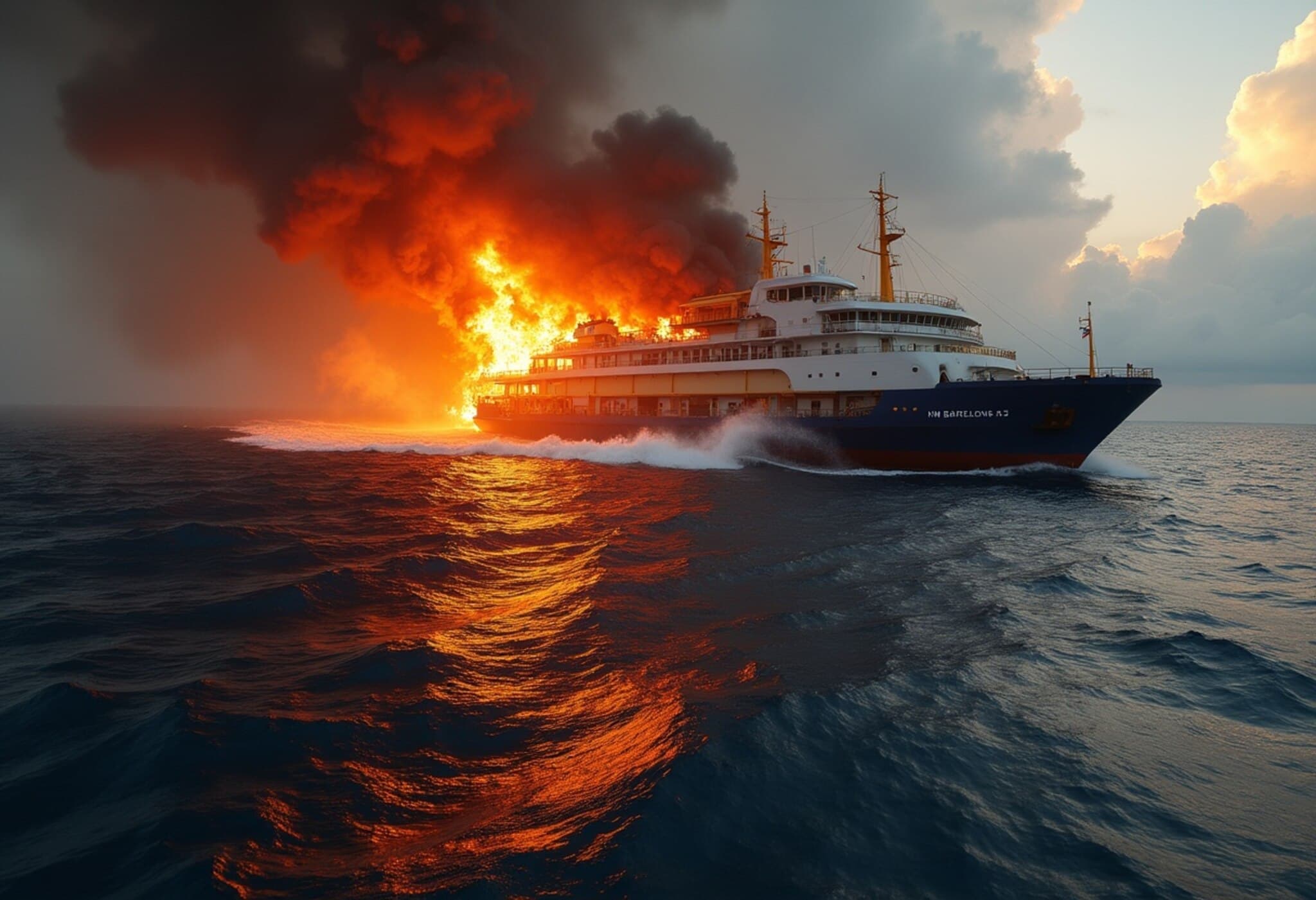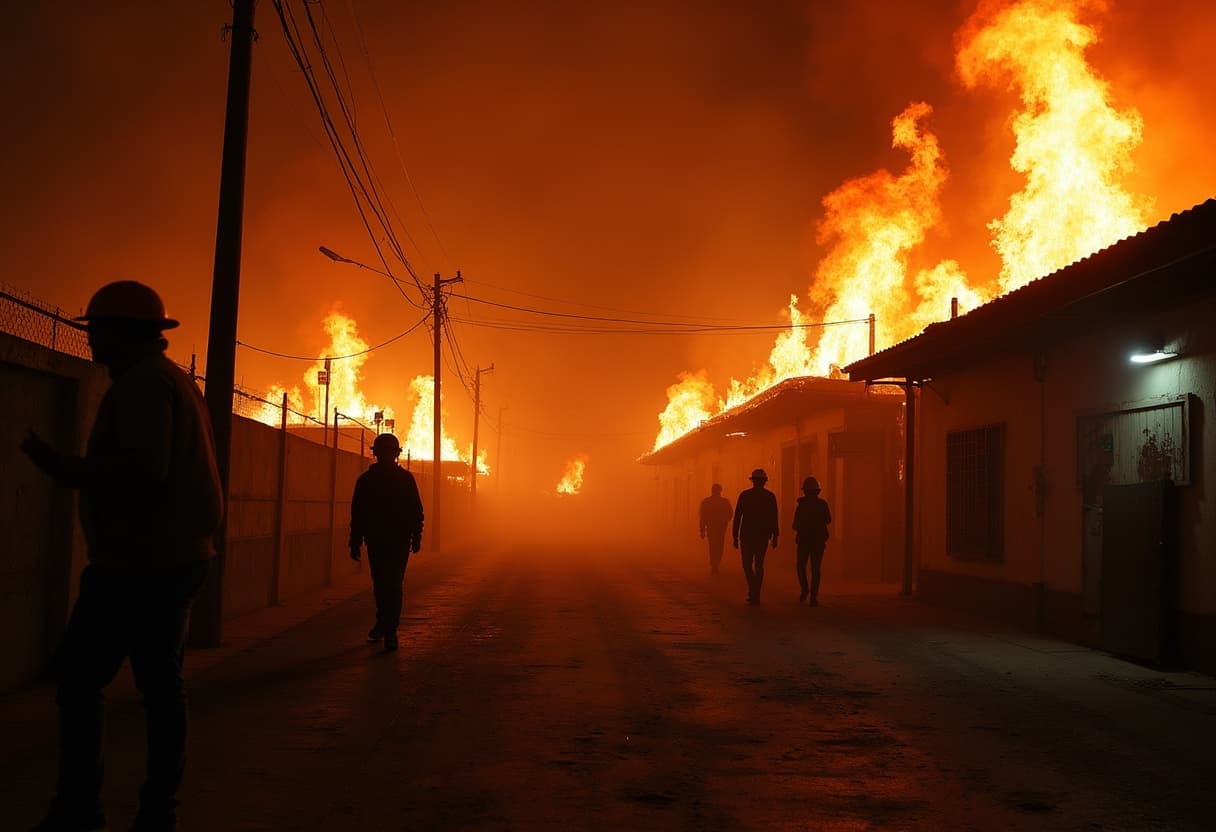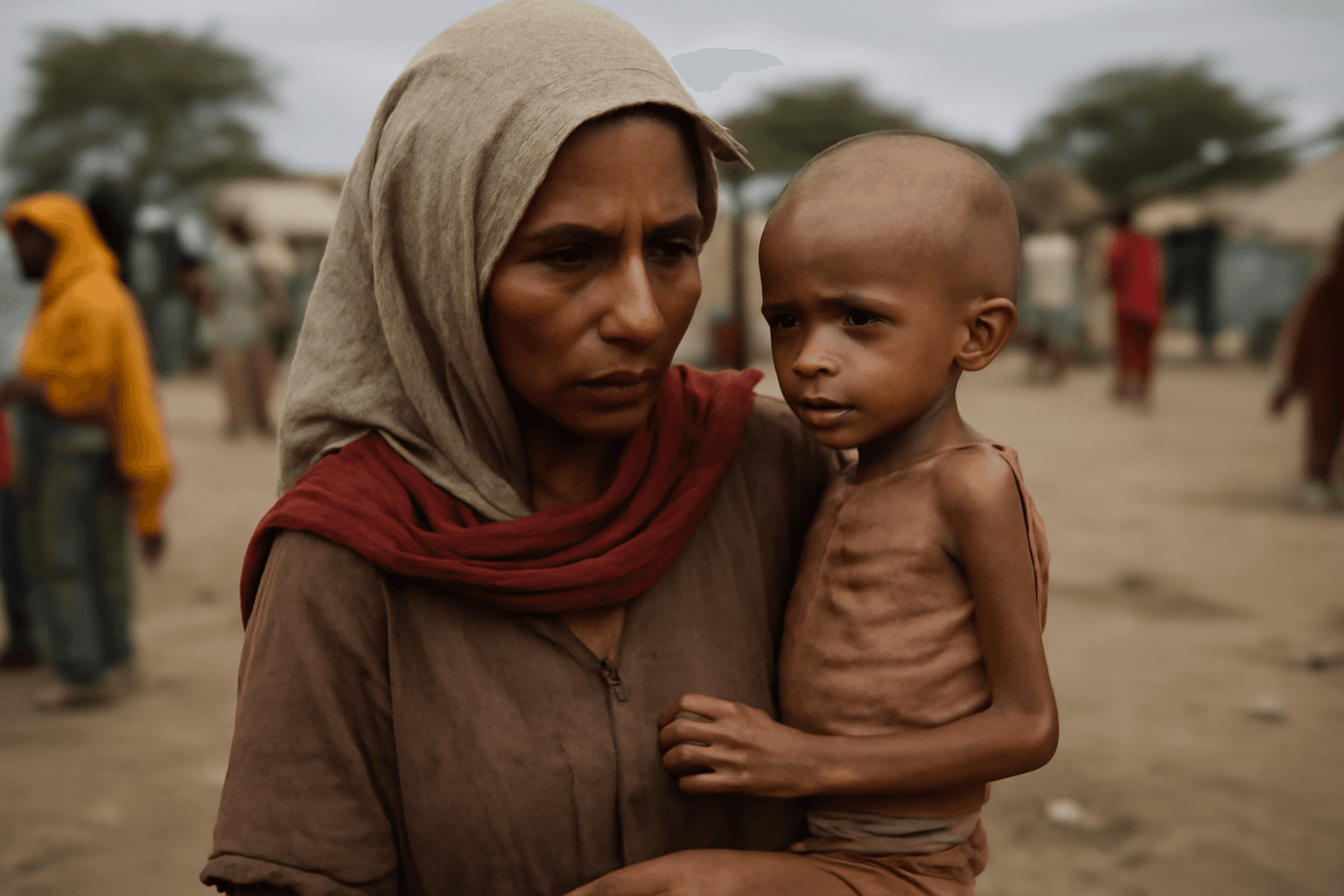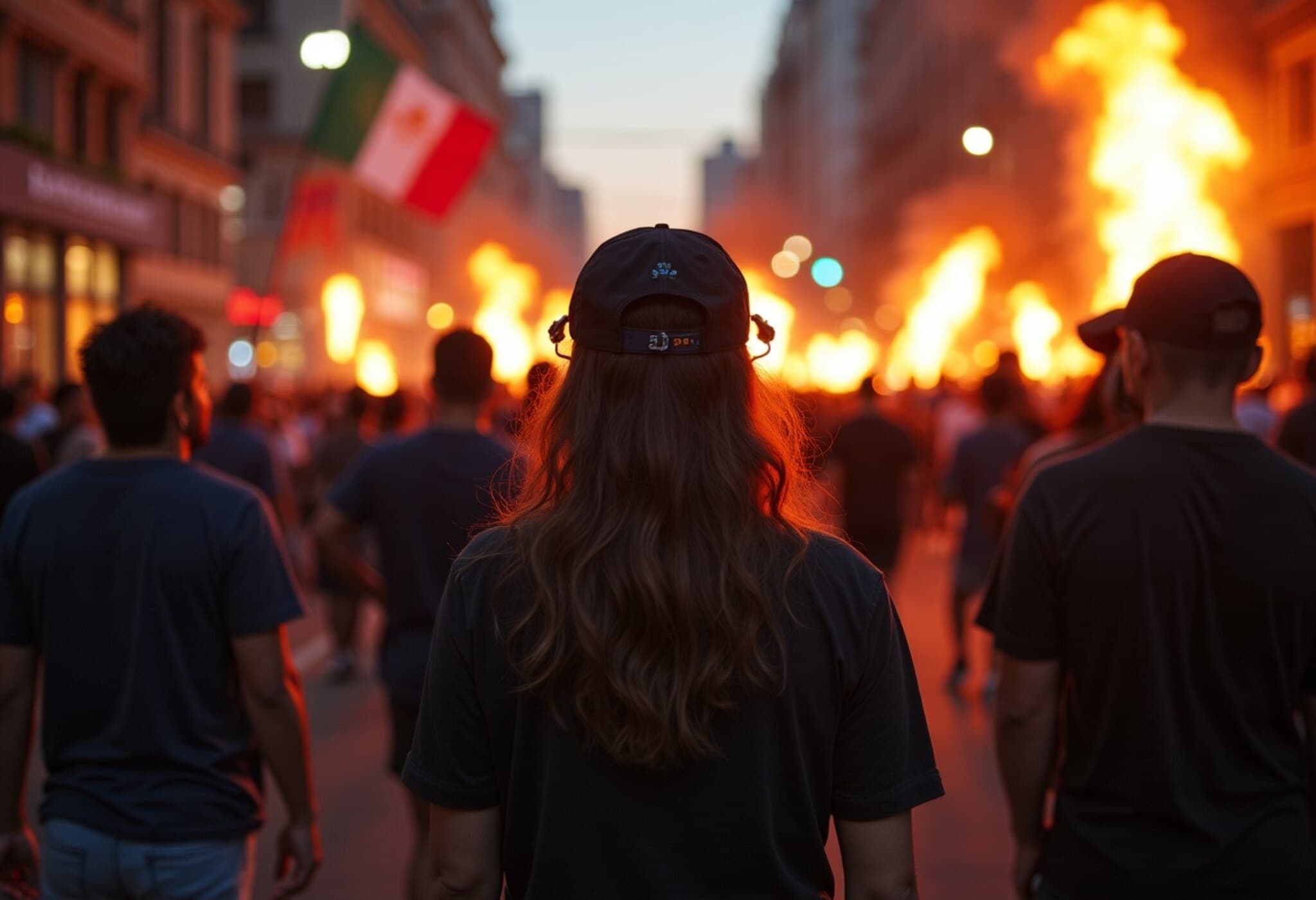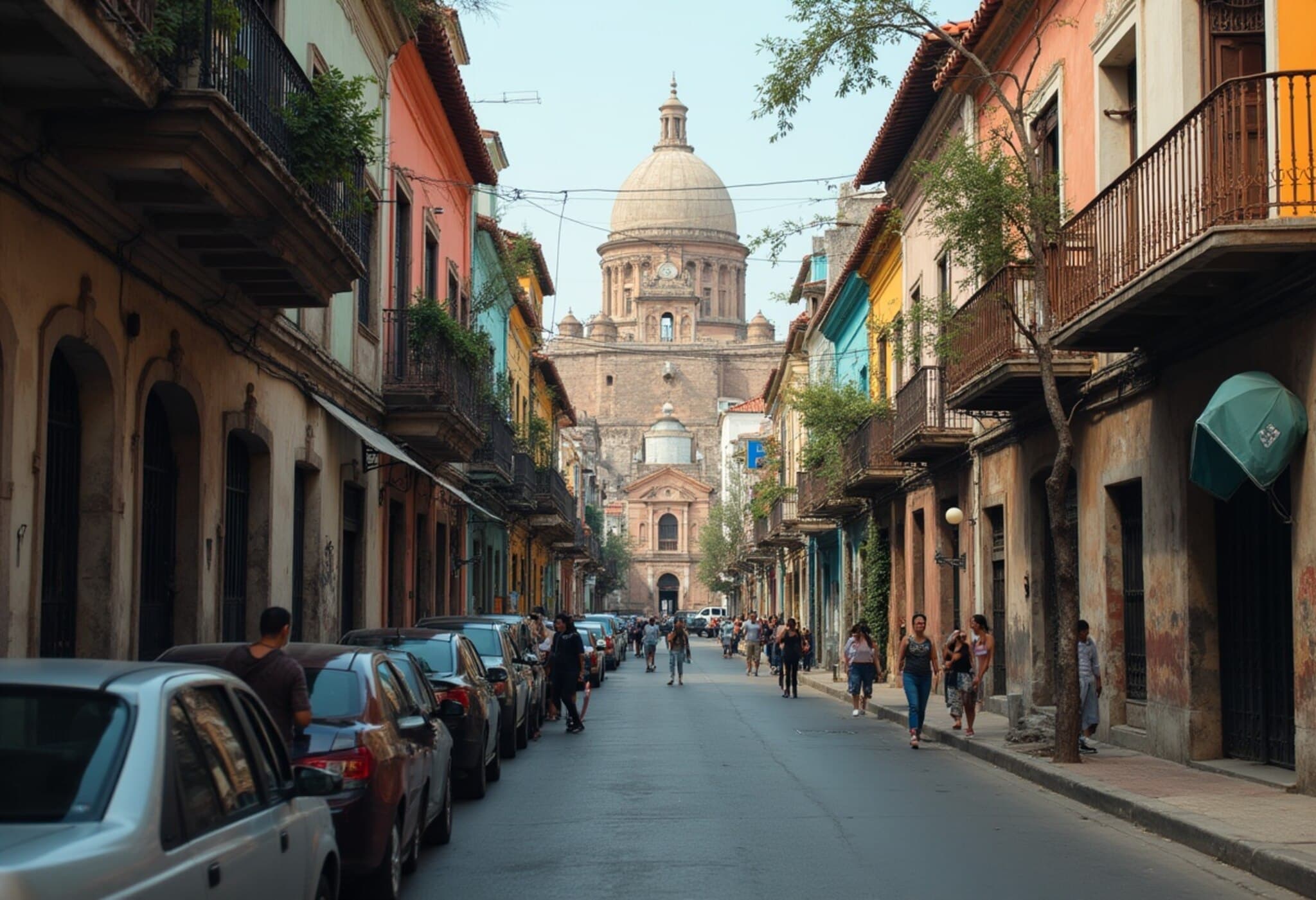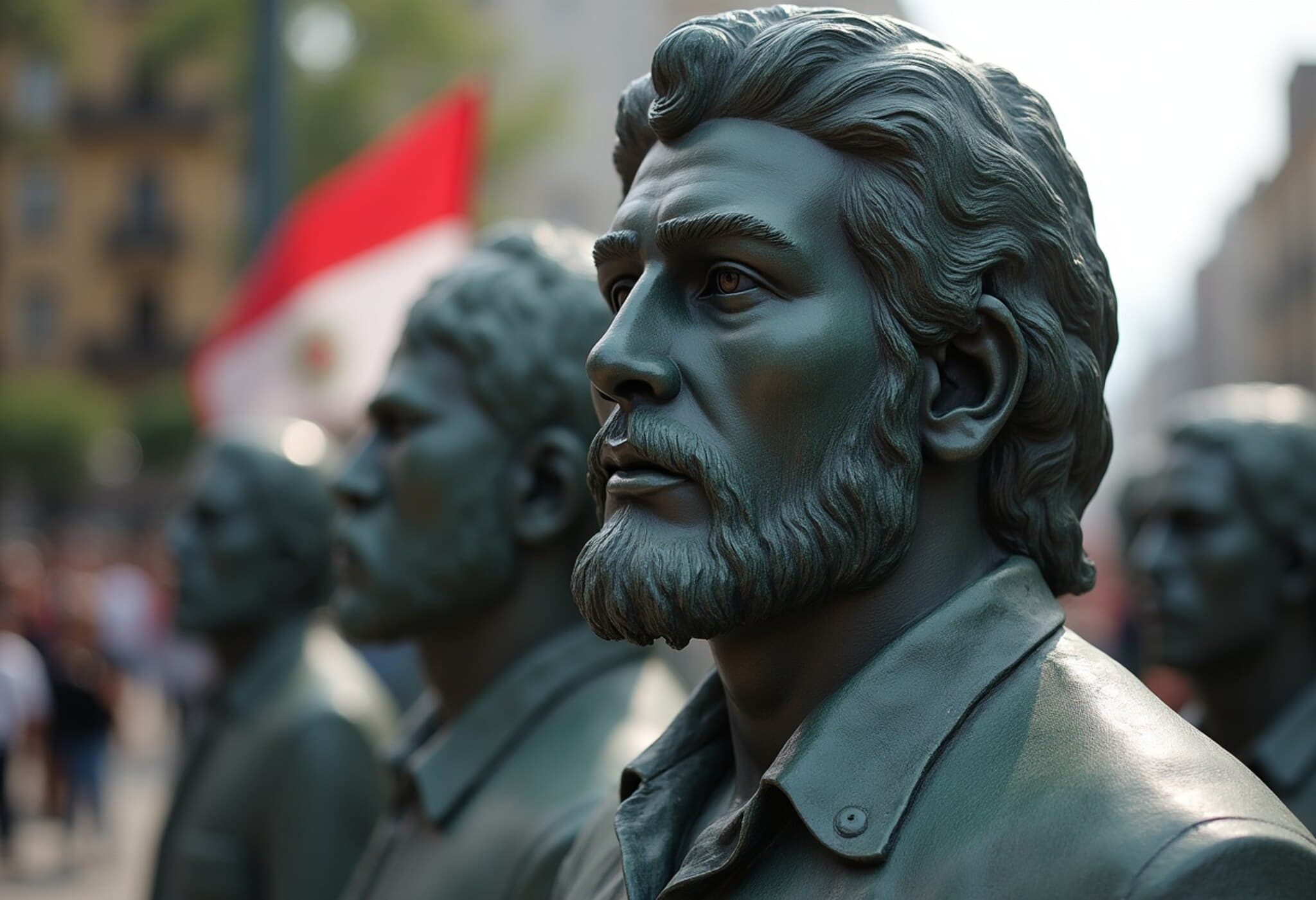Massive Gas Explosion Rocks Mexico City’s Iztapalapa Borough
On the afternoon of September 10, 2025, a catastrophic gas tanker explosion shook Mexico City’s densely populated Iztapalapa borough, leaving at least 58 individuals injured, including 19 critically burned. The dramatic blast, triggered by a leaking fuel truck beneath a highway overpass, sent shockwaves through this working-class community of 1.8 million residents, instantly transforming a normal day into a scene of chaos and emergency response.
Incident Details and Immediate Aftermath
According to Clara Brugada, the city’s head executive, the explosion was an accidental but devastating event. Flames rapidly engulfed surrounding vehicles, leaving many victims with severe burns and some with clothing scorched beyond recognition. Emergency services rushed to the scene, battling both the blaze and a continuing fuel leak. Fire department officials revealed that the tanker still contained approximately 20,000 liters (about 5,300 gallons) of fuel, which complicated containment efforts.
Videos from eyewitnesses showed anguished residents limping from the site in visible pain, capturing the harrowing human toll of the incident. Fortunately, no fatalities have yet been confirmed, though authorities remain vigilant given the severity of injuries.
Ongoing Investigation and Public Safety Implications
The prosecutor’s office has launched a thorough investigation to pinpoint the exact cause of the leak and explosion. Early indications suggest mechanical failure or human error, but experts urge caution until all evidence is analyzed.
This tragedy raises urgent questions about the safety standards surrounding hazardous materials transportation in Mexico’s urban centers. Iztapalapa is known for its high population density and intricate roadway network, making the risks of transporting flammable substances particularly acute.
Expert Commentary: Urban Infrastructure and Hazardous Materials
Transportation safety analysts highlight that incidents like this expose broader systemic challenges. "Urban areas such as Mexico City must balance economic activity with stringent safety protocols," noted Dr. Ana Torres, a Mexico-based public safety expert. "Infrastructure design, emergency readiness, and regulatory enforcement all intersect. The risk to millions of residents can escalate quickly when any link in this chain fails." In the U.S., similar urban disaster incidents have prompted reforms in hazardous material route planning and emergency response coordination—lessons Mexico might consider to bolster resilience.
Community Impact and Response
The human impact transcends the immediate injuries. Local residents expressed shock and fear over potential long-term health effects and ongoing risks of such events. Community leaders are calling for transparent updates and enhanced safety audits to prevent repeat disasters.
Firefighters and first responders remain on high alert, continuing to monitor the site for residual hazards. Meanwhile, medical teams are providing intensive care to those most severely burned, emphasizing the urgency of burn treatment infrastructure in the region.
Looking Ahead: What This Means for Mexico City
As Mexico City grapples with this harrowing event, the explosion serves as a stark reminder of vulnerabilities in urban transport networks. It underscores the critical need for:
- Rigorous safety inspections for hazardous materials carriers
- Improved public infrastructure to mitigate accident impact
- Community preparedness programs for industrial accidents
- Enhanced interagency coordination in emergency response
Preventing future tragedies requires a concerted effort between municipal authorities, transport companies, and civil society to prioritize safety without hindering the city’s vital economic activities.
Editor’s Note:
The Mexico City gas explosion stands as a somber call to action on urban safety concerning hazardous materials transportation. While no deaths have been reported, the severity of injuries and scale of the blast reveal systemic gaps that demand urgent attention from policymakers and infrastructure planners. How can sprawling megacities like Mexico City ensure the safe passage of dangerous goods amidst dense populations? And what measures can be implemented swiftly to restore public confidence and prevent similar incidents? These questions bear exploring as the investigation unfolds and recovery efforts continue.

